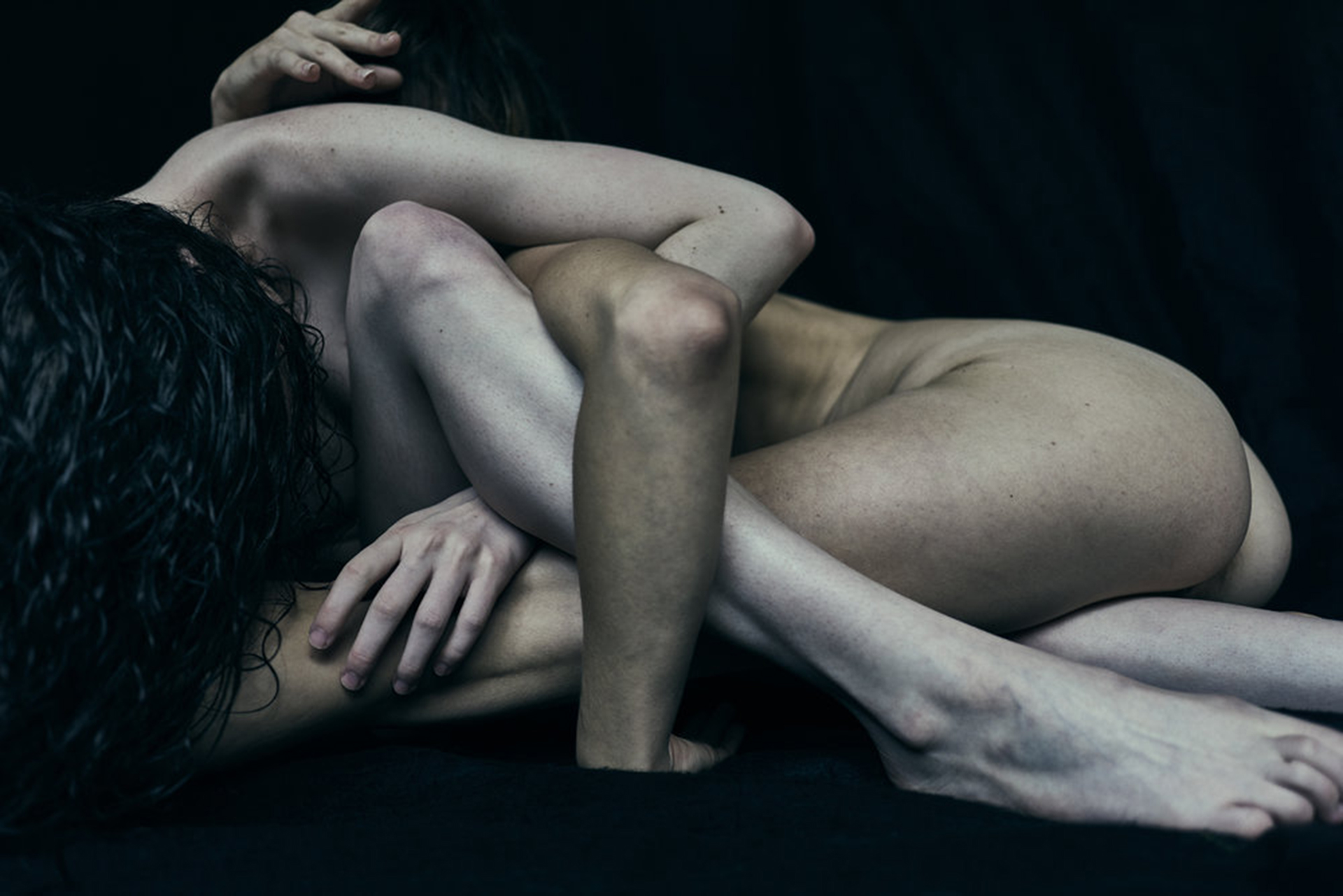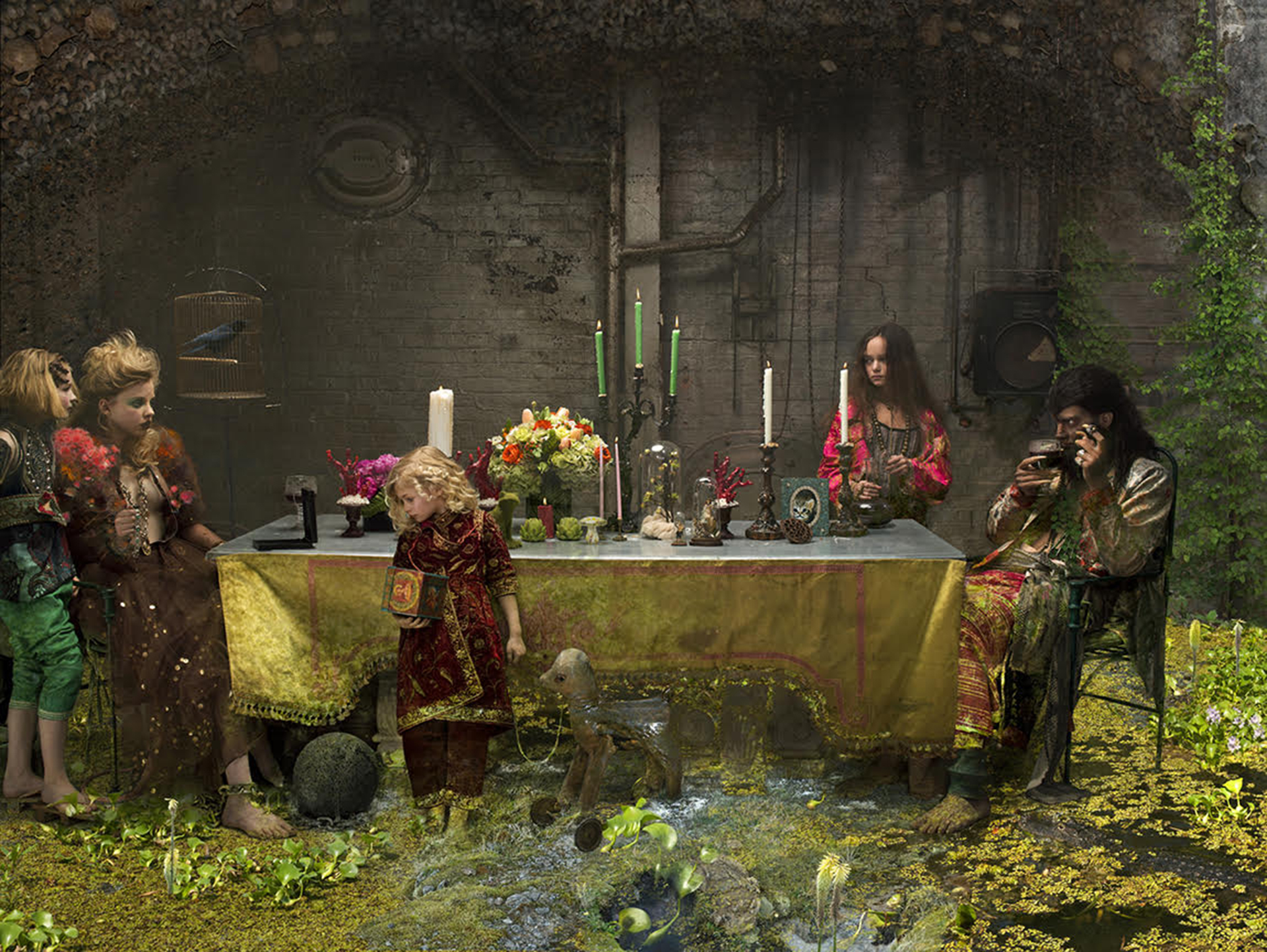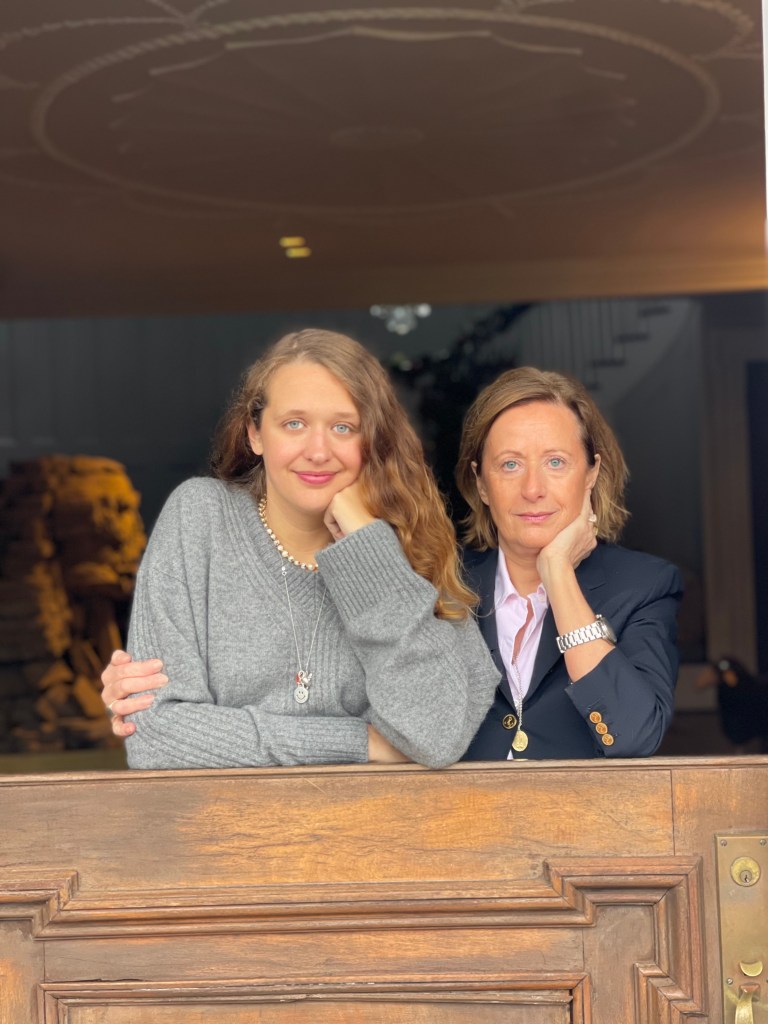Love Is Not All


Iron Gate East will present a group exhibit “Love is Not All” on Saturday, November 3, from 5 to 8 PM at a luxury home of DeVito & Company at 230 Bishops Lane in Southampton. Catered by Hamptons Farms, the opening reception will feature works by Jeff Muhs, Patti Grabel, Ryan Michael Kelly, Meghan Boody, and Richard Pasquarelli. The title of the exhibit comes from a poem by first-wave feminist and Pulitzer Prize-winning poet Edna St. Vincent Millay and examines the magnitude of ways, in the various depths, love is explored. Indy spoke with the artists prior to the show.
Jeff, what inspired your piece How To Rope A Snake?
Jeff Muhs: My inspiration is discovery through the study of beauty and our perception of it.
Define love.
JM: Love is the force that springs forth from God to create all things.
Patti, what are the similarities and contrasts between the wooden spoons and pearls in your work?
Patti Grabel: The iconic pearl necklace is the essence of understated elegance. The classic wooden spoon is a stalwart kitchen utensil prized by cooks around the globe. They are both from organic sources. While the luminous surface of the pearls created a wonderful contrast with the timeworn spoons, their symbolism and sculptural qualities are similar.
Is love something to achieve or a human right?
PG: I don’t think love is something to be demanded or “achieved.” Love comes from having an open heart. It can be instantaneous or bloom over time. Loving and being loved is a gift and a blessing, not to be taken for granted. I believe that as we grow as individuals, we redefine love through the prism of decades of experience, personal growth, and self-awareness.
Ryan, what do the contorted bodies in the image of your archival print (pictured here) symbolize?
Ryan Michael Kelly: The contorted bodies can mean a lot of things to a lot of people. This is from my series titled “Natural Light,” which is for me very simple, just a figure study. It’s starting at the basics. A sketch for a painter, just playing with form. Right now, I am trying to see how far a figure study can really go. I’m playing with distortion and perspective to make the most simple human form seen in a different way.
Are their genders hidden for a reason?
RMK: The genders aren’t hidden for any reason. The explosion of arms and legs really is enough. When working on this series, I try to hide the person in the image to make it more about the form over anything else.
Meghan, is your piece, Magie Noire (above), referring to a certain biblical moment or part in history?
Meghan Boody: The piece is not inspired by a specific biblical moment but I do riff off of archetypal themes that often end up seeming familiar. The scene does appear reminiscent of a Last Supper, filled with portent and a certain amount of dread. But what I really was after was capturing a pivotal moment in a fantastical love story I have created called PsycheSuperStar.
Here, the main character, Psyche is shown receiving a lavish gift from her ardent admirer, the Beast. There is a look of consternation on her face as he glares at her with feral intensity. I imagine she is experiencing what a lot of women feel when presented with an expensive gift from someone whose intentions are unclear. Accepting the gift implies an agreement, the opening of a door.
Why are some of the characters looking elsewhere it seems?
MB: It’s something I think a lot about, the inner life of my characters and what they focus on, what attracts them. In fact, Psyche and the Beast are looking at each other from opposite ends of the table. My goal was to show the palpable energetic connection between the couple through this gaze.
And the three young girls, up to now minions of the Beast, are all growing aware of Psyche’s predicament and are arranged to help the viewer enter into this reality. Whether glancing sidelong at her, eying the ball and chain at her feet, or standing stalwartly by her side, they seem to be taking in her “bird in the gilded cage” status.
Richard, what are you trying to convey to the audience?
Richard Pasquarelli: My recent work investigates the physical manifestation of psychological states of mind. Through analysis of my own compulsions for perfection and order, I seek a better understanding of the relationships between our minds and matter and its presence in the world around us. As part of my research, I immersed myself into two environments that exemplify the relationships between our minds and the objects around us: the homes of hoarders and people with organizational OCD.
Through these experiences, I have come to see physical surroundings as a projection or manifestation of the mind. By making paintings based on the compelling imagery I have garnered from these environments, I am not just representing these people’s possessions; I am painting portraits of their minds.
Define love in connection to material possessions.
RP: Many of us hold onto objects because of what they connect us to, be it a memory or an event. For some people, objects can become placeholders for times past and parting with an object can cause stress or anxiety. They aren’t merely throwing out a “thing,” they are extinguishing a cherished memory.
For others, rather than sentimentality, an attachment to possessions can stem from an appreciation in the design of the object, or the relationship of the objects to one another. Often the arrangement and order of the objects can become a passion and, sometimes, a compulsion.
nicole@indyeastend.com



